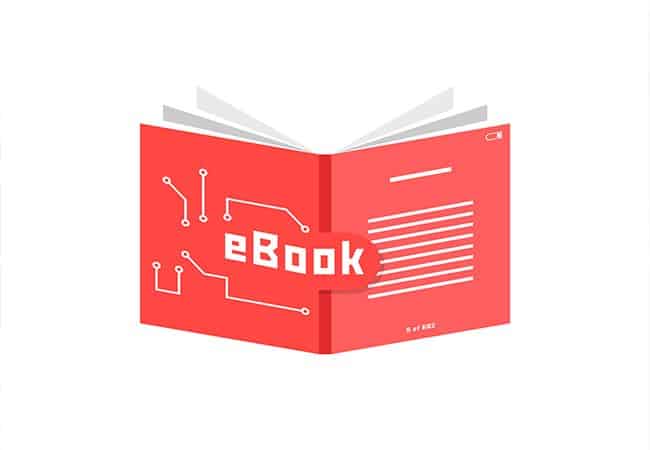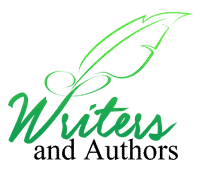[et_pb_section bb_built=”1″][et_pb_row][et_pb_column type=”4_4″][et_pb_text _builder_version=”3.0.86″ background_layout=”light”]
Why ebook conversion is frustrated one?

One of the more frustrating areas of creating an eBook is making sure that your book is formatted, converted, and ready for worldwide distribution. Hiring manual formatting services is highly recommend which always provide the best results for you and the reading experience www.writersnauthors.com suggests www.ebookifi.com for the conversion needs.
An ebook is a conversion of your book When you publish your book as an ebook, it should be an exciting experience.
People will often describe ebooks as an electronic version of a printed book. A better definition is that an ebook is an electronic conversion of your printed book.
Ebooks look different to printed books because they are not a direct copy. Instead, we use the print version as a guide to translate your book into what is principally a different language: HTML code.
There are many tools that can create eBook files, and sometimes these tools can do a decent job, especially for certain types of eBooks. However, when developing eBook files, there is a direct correlation between the amount of human interaction with the code and the quality of the final product. Whether you’re handling the technical aspects of this process yourself or having a service like Ebookifi take care of it for you, there are a few things you need to do in advance to make sure your manuscript is optimally formatted for eBook file-conversion.
The difficulties of eBook creation will increase with the coming support for ePub. eBook quality matters and customers will notice when an eBook is not designed well.

What’s the difference between a fixed layout eBook and a regular eBook?
A standard eBook, usually in ePUB or .mobi format, uses real-time flowable text so you can read it on any eReader and adjust the font size and style to fit your reading preferences.
Use the standard ePUB format if:
▪ your book is mostly text (besides the cover art).
▪ your book features small images that are embedded between paragraphs.
▪ you want to ensure maximum usability for your book (since standard eBooks are readable on most eReaders, tablets, smart-phones, and computers).
A fixed layout eBook is ideal for books that rely heavily on design elements or large illustrations/photos (cookbooks, children’s
books, comics, etc.). If you want to publish one of these kinds of books, a fixed layout may be the better solution, since it preserves the qualities of the printed page. Content (images, text, etc.) will not “flow” across the page if you change your settings, though most devices will allow the reader to zoom in and out.
Consider fixed layout if:
▪ you want to preserve text over images.
▪ you would like to set a background color.
▪ you want the text to wrap around images.
▪ you want your book to have the horizontal orientation.
▪ you want multi-column text pages.
▪ your pages have aspect ratios that you don’t want to change.
[/et_pb_text][/et_pb_column][/et_pb_row][/et_pb_section]




















